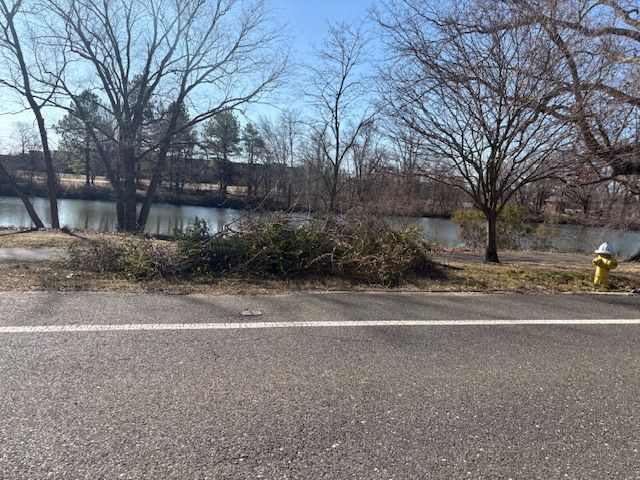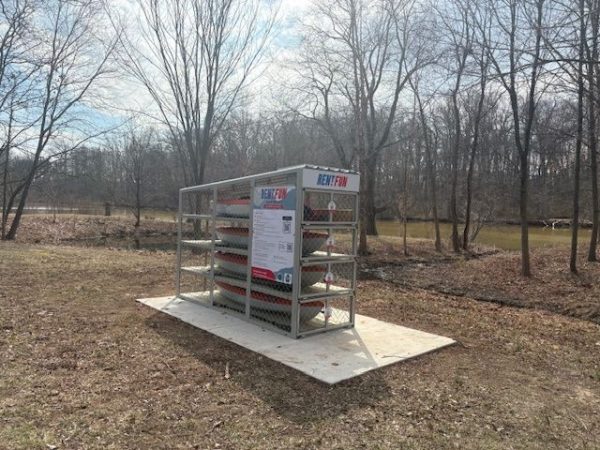
Image from the last clean-up event. (Courtesy of George Gravenstine).
Hidden behind the trees that line part of Route 38 in Moorestown, New Jersey, lies a local gem: Strawbridge Lake Park.
People love parks. They love lakes, cute spots to walk their dogs, or a place to get some fresh air. But sometimes people come with waste. They come with garbage and a carbon footprint. Perch Energy says the average person’s lifetime carbon footprint is 16 tons.
Cleaning up our parks, lakes, and other outdoor recreational spaces takes a village. The community surrounding Strawbridge Lake Park knew this, and in 2018, several locals, including Amy Gravenstine, George Gravenstine, and Chet Dawson, founded Strawbridge Lake Park’s Beautification Committee.
According to the committee’s website, members intend to attract more residents to the lake as they work to restore the park to its former beauty.
George Gravenstine, the committee’s president, discussed the environmental effects of the group’s work.
“It helps with aesthetics and certainly helps keep debris out of the water,” Gravenstine said. “Our group pays a local landscaping company to perform a lake edge clean-up each year. Of course, they gather all the trash, and they also cut the vegetation along the edge of the lake down to 12 inches to help manage the edge.”
The cleanups are paid for primarily by fundraising.

“We realized the lake needed more love and care, our annual event, the Moorestown Paddleboard Kayak Race and Festival, allows us to raise funds,” said Gravenstine. “With those funds, we have funded lake edge cleanups, installation of 3 docks, installation of a Kayak launch, built and installed a pollinator garden, and fishing line receptacles along the lake path.”
Visitors to the lake can also rent kayaks, which is a new addition to the community aspect of the committee’s efforts, and are also a part of the initiative to help the environment.
In a 2024 update on their website, the group states: “We are close to completing the contract to install two kayak vendor rental installations near two of the docks. In keeping with the desire to be green, these will be totally solar-powered.”
Another initiative the beautification committee has is a pollination garden, as outlined in the same 2024 update.
The statement on the website says: “This past Spring, SLBC joined with STEM to plant a pollinator garden near the Sculptors alongside the upper lake. All plants are native and designed to bloom throughout the growing season. Pollinators are critical for our planet, and these are intended to attract bees and butterflies, including the endangered monarch. While we continue to trim the plants that border the lake, they are growing back quickly and again blocking views. While this does appear to be keeping geese off some sections along the lake, it is not doing what we intended, and we will be looking at alternatives.”
According to The National Park Service, pollinators help with plant reproduction, which is “fundamental to supporting healthy ecosystems…the changing climate impacts pollinators by shifting growing and blooming seasons and potentially weakening the plant populations that pollinators depend on. Additionally, warmer temperatures have altered migration patterns, affecting pollinator species like butterflies.”